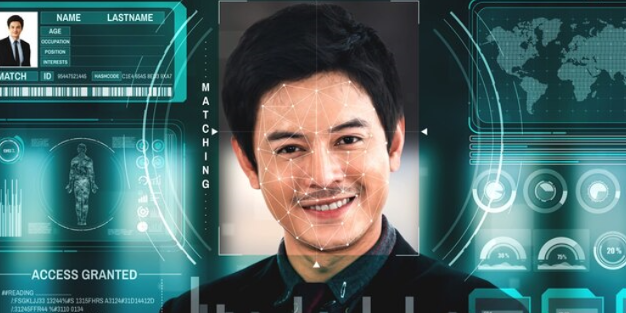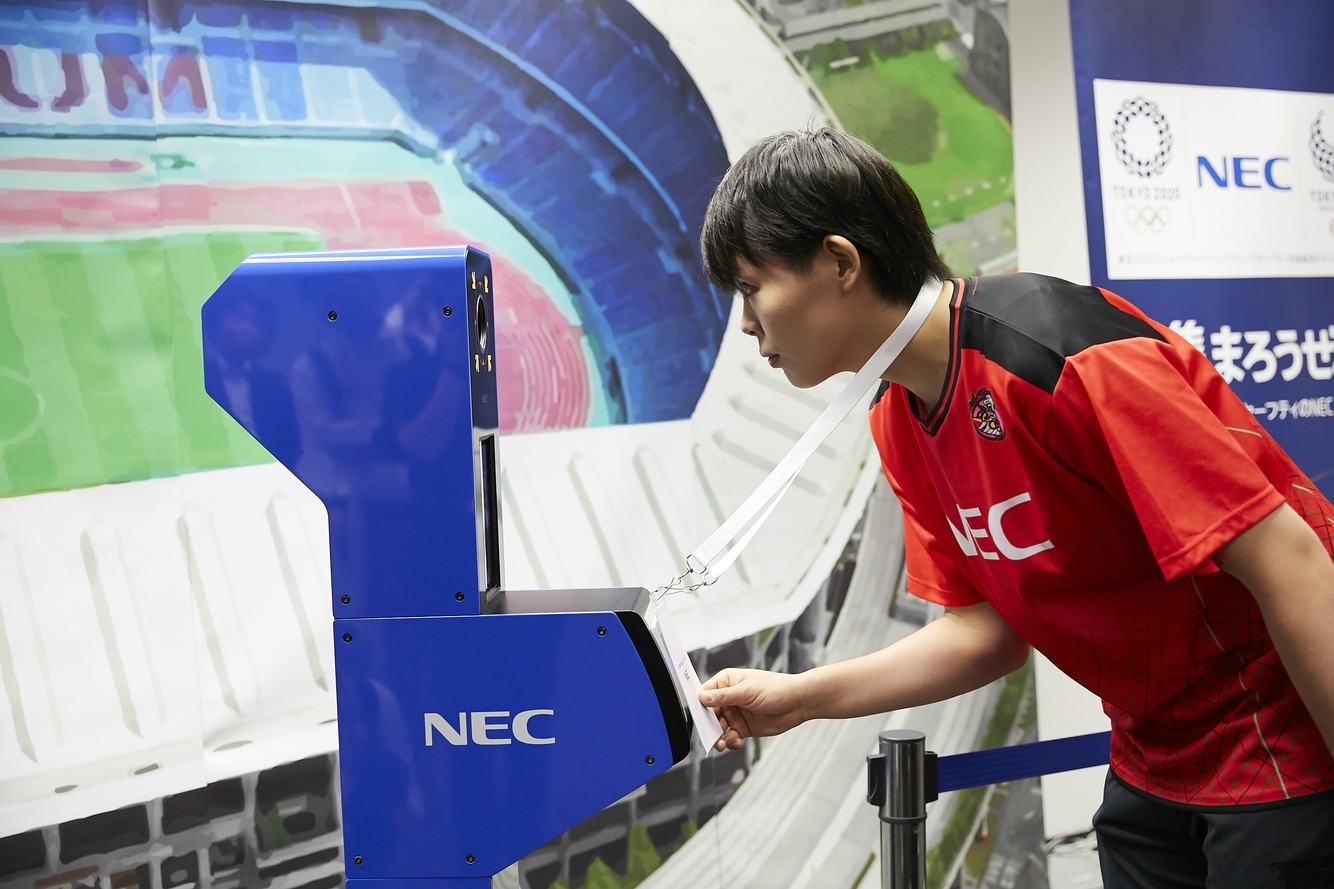
Facial recognition technology is one of the more interesting and important innovations in digital protection and identification. Complex algorithms are used to find out or verify a person’s identity by looking at their face in pictures or videos. This technology is commonly used in many places in both the public and private sectors. Used for security, identifying people, and even social and interpersonal interactions.
Facial recognition technology is a form of biometric technology that identifies or verifies a person's identity by analyzing and comparing facial features in images. It is an advanced area of artificial intelligence (AI) that uses complicated algorithms to detect, analyze, and compare facial data.
There are four main steps in the facial recognition process, which are listed below
1. Face detection: The first step is detecting a face within a larger image or scene. This process involves distinguishing facial features from the surrounding environment and pinpointing their location within the frame.
2. Face Analysis: Once a face is detected, the technology analyzes the facial features. This analysis is typically based on the geometry of the face, measuring various key points on the face, known as landmarks or nodal points, which can include the distance between the eyes, the shape of the jawline, and the contours of the cheekbones, lips, and nose.
3. Feature Extraction: The analysis results in the extraction of facial features, which are used to create a faceprint or face template—a digital map of the face’s geometry.
4. Comparison: This face template is then compared against a database of known faces. This is done using sophisticated matching algorithms that can handle variations in lighting, facial expressions, and angles.
Currently, facial recognition technology is widely utilized across the globe for a variety of purposes – ranging from personal identification and security measures to recognizing individuals within large groups and events. Its most prevalent applications encompass:
1. Crime Prevention and Investigation: Police identify and arrest suspects by comparing surveillance images with databases that hold pictures of known thieves or people who are committing a crime
2. Public Safety: It is used to improve security, keep an eye on crowds, and find possible threats in public places, airports, stadiums, and other places.
1. Patient Management: Hospitals and clinics use face recognition to make sure that medical records are accurately matched to the right patient, thus reducing mistakes and improving care for patients
2. Access Control: It improves healthcare facilities by making sure that only authorized staff can get into sensitive areas.
1. Secure Transactions: Face recognition is being added to banking systems more and more to make sure people are who they say they are during transactions. This technology makes methods like PINs or passwords even safer, especially when used in online and mobile apps.
2. Fraud Prevention: This technology is very helpful against financial scams. Banks can greatly lower the risk of identity theft and other types of fraud by making sure of individuals during crucial processes such as account opening, loan applications, or high-value transactions.
Retail shops use facial recognition technology a lot. Retailers can give better service and offer products that customers might like when they see the same customer again because of it. This makes shopping more personal and enjoyable, which makes customers happy and more likely to come back.
In addition, it helps keep thieves away because it can spot people who have stolen before or acted strangely before. Besides, it helps shops track what products consumers like and buy a lot of, so they can stock the right stuff at the right price. It's good for everyone because it's changing how people treat consumers and run their businesses.
Biometric boarding
One of the most common uses of facial recognition technology in transportation is biometric boarding, which allows passengers to board planes, trains, or buses without showing their tickets or passports. Instead, they only need to scan their faces at a terminal, which matches them with a pre-registered database. This can reduce the waiting time, human errors, and frauds that often occur in traditional boarding processes. Biometric boarding can also provide more accurate data on passenger flows and preferences, which can help optimize the transportation network.
Driver monitoring
Another way that facial recognition technology can improve transportation is by monitoring the drivers of vehicles, especially those who operate in high-risk or long-distance scenarios. For example, facial recognition technology can detect signs of fatigue, distraction, or impairment in drivers, and alert them or their supervisors accordingly. This can prevent accidents, injuries, and deaths that are caused by human errors or negligence. Facial recognition technology can also recognize the drivers' emotions, such as stress, anger, or happiness, and adjust the vehicle's settings, such as music, temperature, or lighting, to improve their mood and performance.

1. Audience Analysis: In the entertainment industry, FRT is used to look at the types of people who attend events, screenings, and theatres and how they respond. This helps marketers and people who make content understand their audience better.
2. Access Control at Events: Using FRT for big events, like concerts or sports games, can make getting in faster and boost security. This makes it easy to find people with tickets and keeps out people who aren't meant to be there.
Facial Recognition Technology is a big step towards making things safer, easier, and more effective. It's changing a lot of industries and our daily lives by making security better and providing personalized services. But still, it makes me worry about ethics and privacy. We need to find a good balance in using and regulating it. The future of FRT depends on using the technology wisely and making sure it respects ethical standards and privacy. It is significant to make sure that FRT is used in a way that does not hurt people's rights or go against our society's values.
How well does face recognition technology work?
Facial recognition technology has become a lot more accurate over the years. Many systems now claim to be accurate over 99% of the time in controlled situations.
Can face recognition be hacked?
Artificial intelligence for face recognition is very advanced, but no system is perfect. Using masks or complex digital manipulation can sometimes fool systems, but these flaws are constantly being fixed with updates and changes.
How does face recognition affect privacy?
People are worried about privacy because of the chance of unlimited monitoring and gathering biometric information without permission. To control how it's used and protect people's privacy, ongoing debate, and laws are being considered.
What are some daily uses for facial recognition?
Face recognition technology is used for more than just security and law enforcement. It's also used to unlock smartphones, tag pictures on social media, and study how customers react to ads, among other things.
What changes do you think face recognition technology will make in the future?
As time goes on, technology may get even more accurate, be built into more personal devices, and be used in more areas, like education, transportation, and smart cities. This will make the lines between technology and everyday life even less clear.